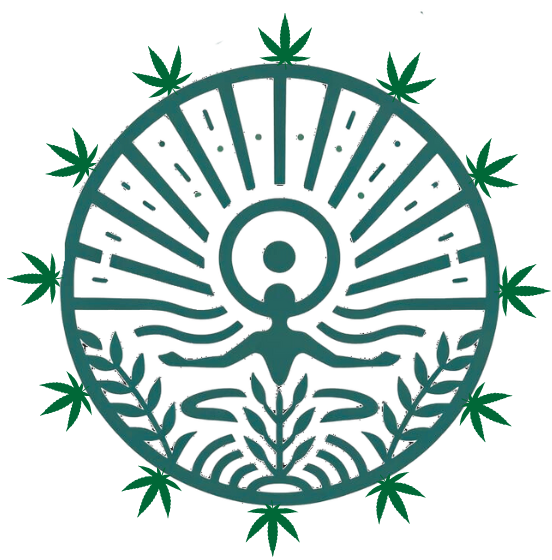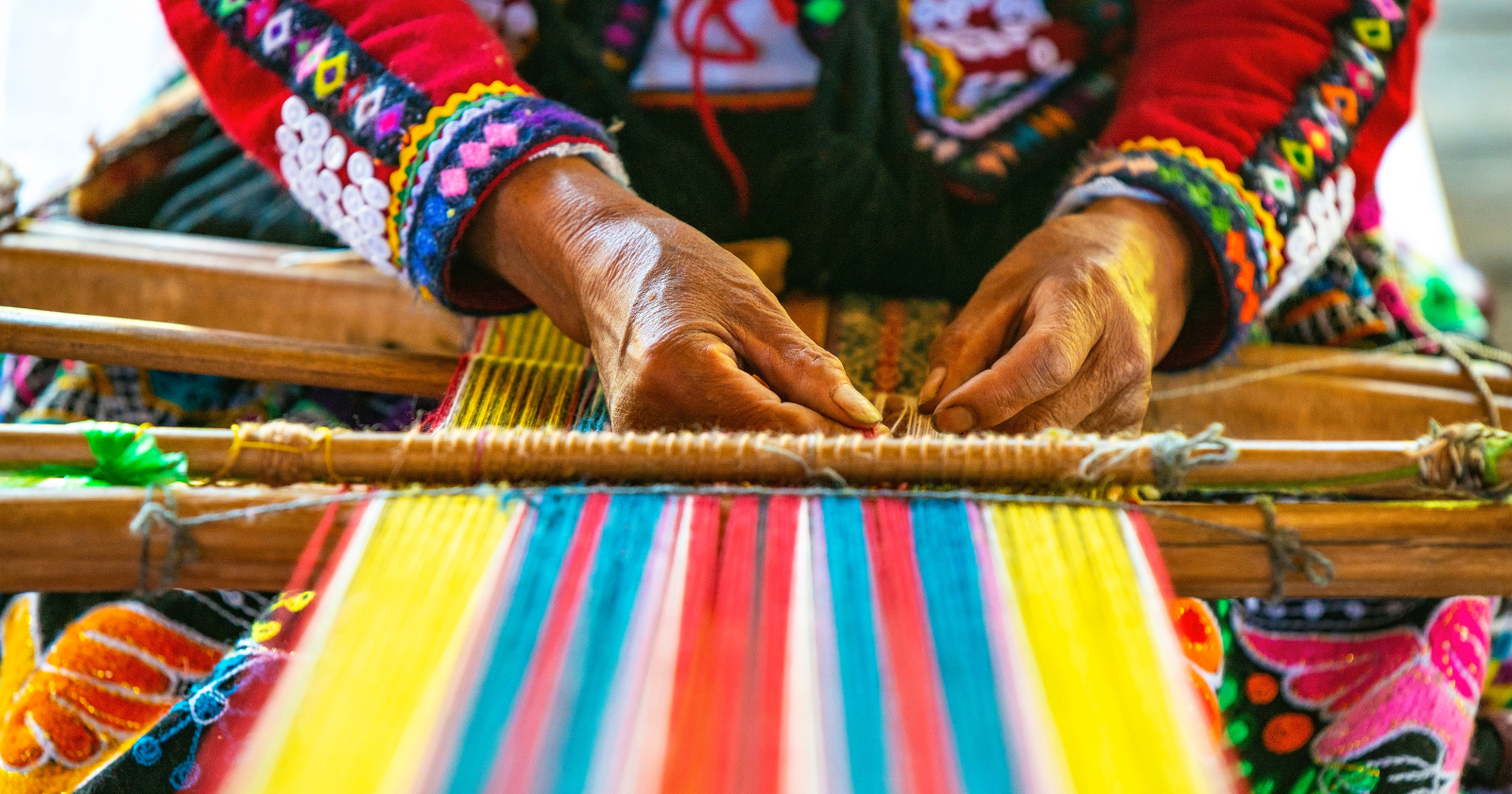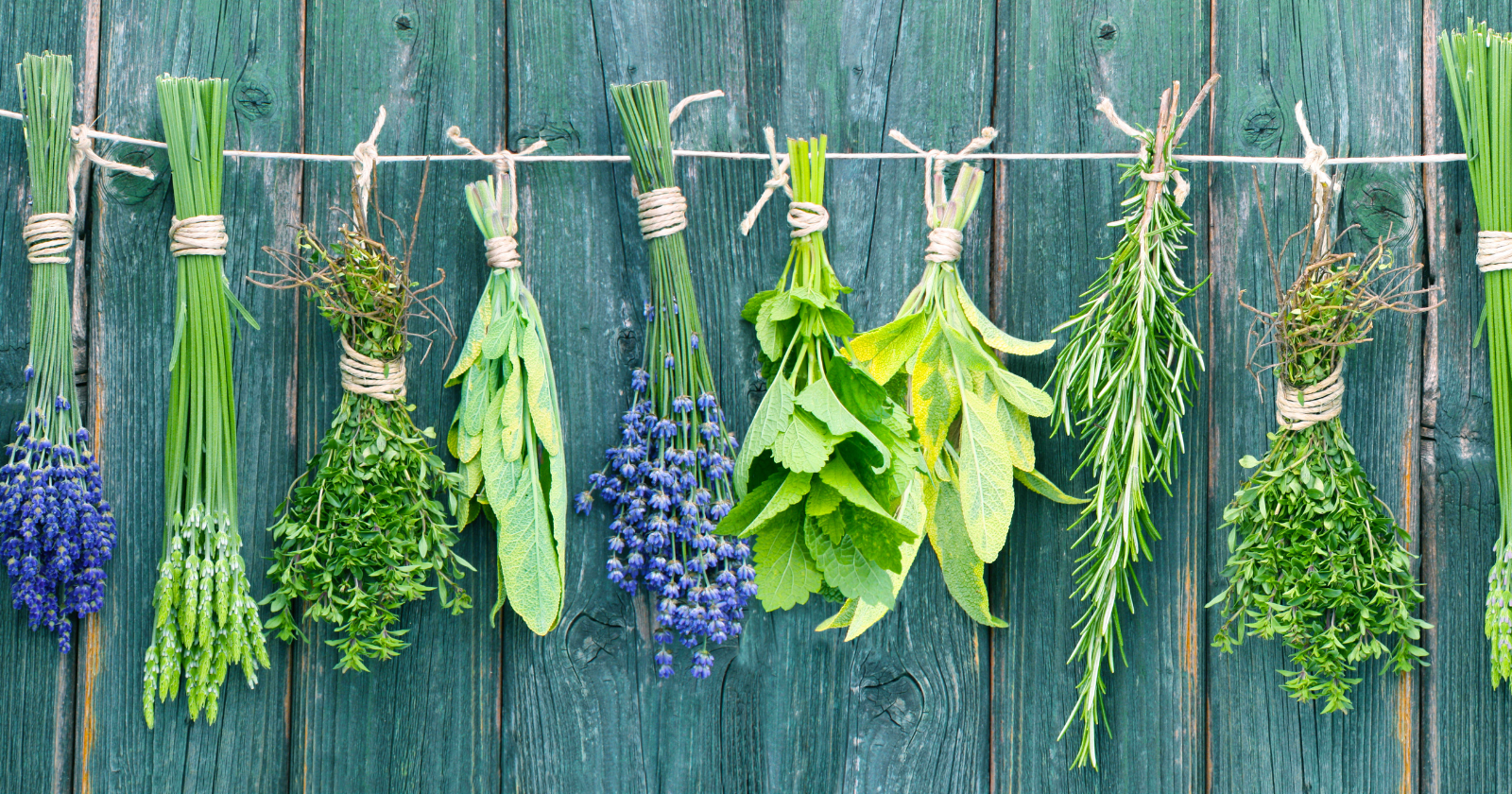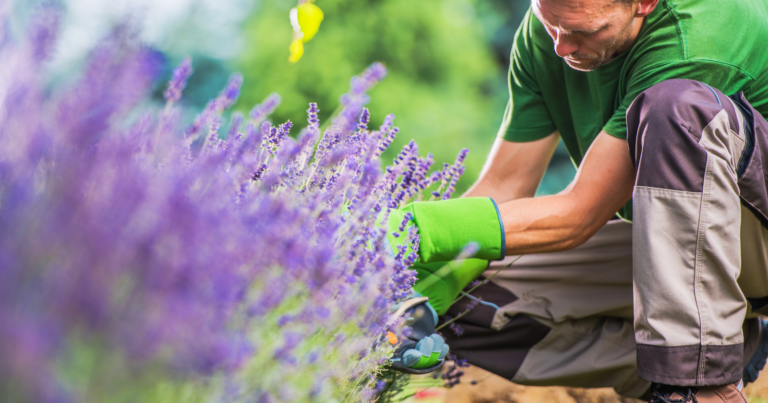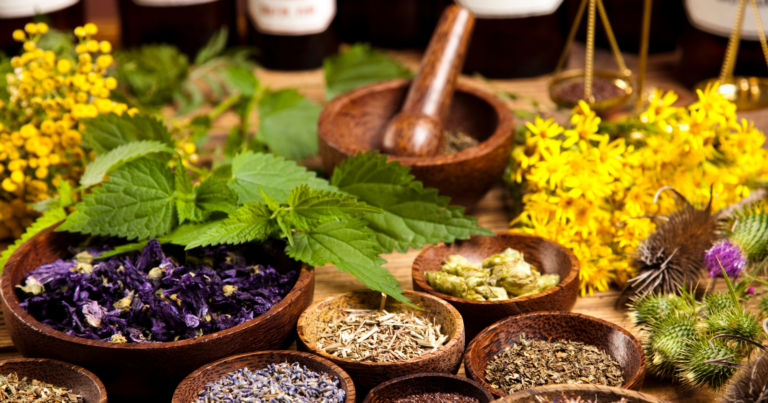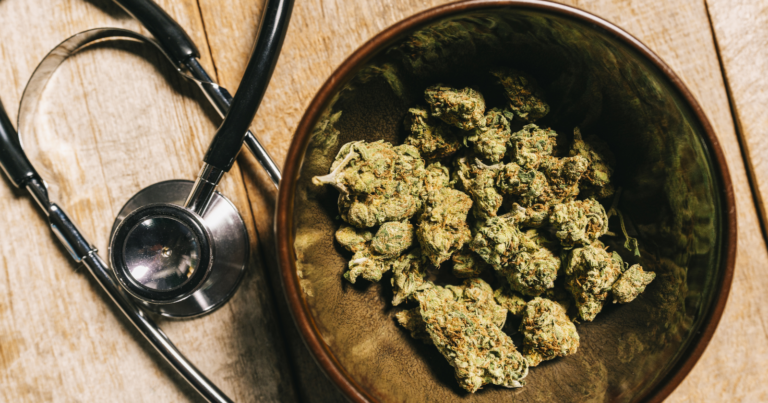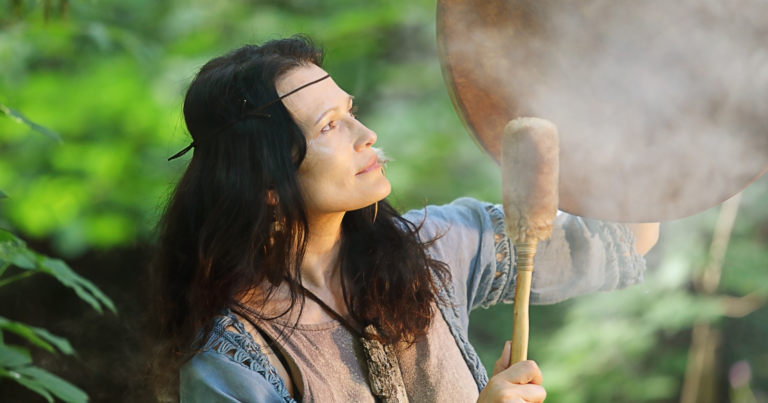In an era where modern medicine seeks innovative solutions to health issues, the traditional healing practices of Native Americans are gaining attention for their remarkable medicinal benefits.
These ancient remedies, deeply rooted in the spirituality and practical knowledge of indigenous peoples, offer natural alternatives for treating everything from pain and inflammation to acting as natural contraceptives.
With a history of use that spans centuries, these sacred plants are now being recognized for their role in supporting physical and emotional well-being.
In the following guide, I’ll list and discuss the traditional uses of North American herbs that serve as a natural alternative or complement to contemporary medicine.
The potency of native American herbs
Native American herbs have been harnessed for their medicinal properties for centuries.
The reason is that these herbs offer solutions to a myriad of health issues.
Studies and historical records highlight the efficacy of these plants in traditional healing practices.
For instance, the California poppy, scientifically recognized for its analgesic properties, has been used by Native Americans to alleviate pain and insomnia.
Research published in the journal Biochemistry Research International supports its sedative and anti-anxiety effects, underscoring its role in modern herbal medicine.
Similarly, nettles, utilized for their anti-inflammatory benefits, have shown promise in studies for treating conditions like arthritis, as noted in “The Journal of Rheumatology.”
These plants, among others, embody the rich heritage of Native American phytotherapy.
They blend spirituality with practical health applications and continue to influence modern medicine with their natural healing capabilities.
4 sacred medicines in Native American healing practices
1) Tobacco: The first gift
Believe it or not, the first herb considered sacred medicine for native Americans is tobacco.
Usually, it’s considered the first gift from the Creator.
Symbolizing peace and harmony, it is integral to sacred ceremonies, where it’s used to make offerings and communicate with the spiritual world.
Despite its sacred status, modern commercial tobacco’s addictive nature casts a shadow, diverging significantly from its traditional use.
And yes, there’s nothing beneficial about commercial tobacco.
But it turns out that the pure form of tobacco, unaltered by chemicals, maintains its place in rituals, emphasizing respect and connection rather than consumption.
2) Cedar: The purifying grandmother
Cedar, with its deep roots in Native American lore, is as much about the story as it is about substance.
Interestingly, native Americans see this herb as the grandmother who loves and protects her people.
Cedar’s uses extend beyond the spiritual to the practical.
Its wood and leaves, known for antioxidant, antibiotic, and anti-inflammatory properties, serve to purify spaces, repel pests, and treat infections.
This ancient remedy, aromatic and enduring, continues to cleanse both body and environment, embodying the nurturing spirit of the grandmother.
3) Sweetgrass: The sacred hair of Mother Earth
Sweetgrass, likened to the sacred hair of Mother Earth, is more than just an herb — it’s a connection to the land and ancestors.
This herb is traditionally used in smudging ceremonies for its sweet, uplifting fragrance.
The thing is that it carries the essence of cleanliness and purity.
While its coumarin content offers medicinal tea benefits for coughs and sore throats, it’s the symbolic value of sweetgrass that resonates deeply.
Therefore, indigenous people consider this herb a reminder of the beauty and interconnectedness of life, woven into braids that represent the unity of physical, emotional, and spiritual health.
4) Sage: The cleanser of body and spirit
Sage, the multitasker of the herbal world, stands out for its antibacterial and antiviral prowess.
It’s not just an herb you burn to clear spaces — it’s a medicine that treats everything from skin conditions to digestive issues.
In the smudging ceremony, sage acts as a spiritual vacuum cleaner, sweeping away negative energies and emotions.
Its practical applications are as varied as its spiritual uses, making sage a cornerstone of holistic healing and well-being in Native American traditions.
Beyond the sacred four
Beyond the 4 sacred medicines, other potent plants also hold significant medicinal value in native American herbal knowledge.
Let me discuss a few other herbs that are famous for their surprising health benefits among native Americans:
1) Echinacea: Immune system booster
Echinacea, a remarkable North American herb, has always fascinated me for its known immune-boosting capabilities.
As for me, the most compelling aspect of Echinacea is its ability to potentially fortify the body’s natural defense system.
How might it achieve this?
Research suggests that Echinacea can stimulate the production of white blood cells, the body’s primary defense against pathogens.
But that’s not all.
Echinacea is also believed to have anti-inflammatory properties, which can be beneficial in managing conditions characterized by chronic inflammation.
Thus, incorporating Echinacea into your wellness regimen may not only assist in strengthening your immune system but also support overall health by potentially reducing inflammation.
2) St. John’s Wort: Nature’s antidepressant
St. John’s Wort, another North American gem, is renowned for its potential antidepressant properties.
This herb contains a compound called hypericin, believed to have a positive effect on brain chemistry. It’s thought to increase the levels of serotonin, a neurotransmitter associated with mood regulation.
With this in mind, St. John’s Wort could potentially offer a natural alternative for managing mild to moderate depression.
However, it’s important to note that it may not be suitable for everyone and should be used under professional supervision, especially if you’re already on medication.
3) Milk Thistle: The unexpected liver ally
This herb, contrary to what you might expect, is believed to be beneficial for your liver.
Indeed, the active compound in Milk Thistle, called silymarin, is thought to hold protective qualities for the liver. It’s suggested to have antioxidant properties that could potentially guard your liver cells against damage.
Now, you may ask, how does this link to improving overall health?
Well, your liver plays a crucial role in your body’s detoxification process. A healthy liver can better eliminate toxins and waste products from your body.
So, by potentially supporting liver health, Milk Thistle may indirectly contribute to your general well-being.
4) Saw Palmetto: A natural aid for prostate health
Ever thought of how nature could assist in maintaining prostate health?
Saw Palmetto, a native North American herb, might just have the answer.
This humble plant has been traditionally used for urinary symptoms associated with an enlarged prostate gland, also known as benign prostatic hyperplasia (BPH).
It’s believed that compounds in Saw Palmetto might help reduce the symptoms of BPH by inhibiting the production of a hormone that causes the prostate to grow.
But what’s the significance of this, you may ask?
Well, maintaining prostate health is crucial for men, especially as they age. An enlarged prostate can lead to uncomfortable urinary symptoms and can impact quality of life.
While Saw Palmetto isn’t a cure, it could potentially help manage symptoms and support prostate health.
But again — don’t forget to consult with a healthcare provider before starting any herbal supplement regimen.
5) Black Cohosh: Remedy for menopause symptoms
Next on our list is Black Cohosh, a North American herb traditionally used to alleviate menopause symptoms.
While menopause is a natural part of aging, the associated symptoms like hot flashes, night sweats, mood changes, and sleep disturbances can be distressing for many women.
That’s where Black Cohosh comes in.
Studies suggest that this herb might have estrogen-like effects, potentially helping to balance hormone levels and ease menopause symptoms.
However, it’s important to keep in mind:
- The effectiveness of Black Cohosh can vary from person to person
- It’s not a replacement for medical treatment
- Consultation with a healthcare provider is recommended before starting any herbal supplement
Simply put, while Black Cohosh could be an aid in managing menopause symptoms, it must be used responsibly and under professional supervision.
6) Ginseng: The energy booster
Finally, let’s explore Ginseng, a herb native to North America that I find particularly interesting for its energy-boosting properties.
Ginseng is believed to improve physical stamina and mental acuity.
From personal experience, it seems to provide a gentle lift in energy levels without the jitters often associated with caffeine.
What’s more, Ginseng is also known for its potential stress-relieving properties. It’s thought to stimulate the body’s resistance to stress, thereby promoting a sense of well-being.
It’s crucial, though, to remember that while Ginseng could enhance your energy and help manage stress, it’s not a magic bullet. A balanced diet, regular exercise, and adequate sleep form the bedrock of good health.
I believe that herbs like Ginseng can complement these fundamental aspects of a healthy lifestyle, potentially helping us lead more energized and balanced lives.
Exploring further: The power of herbal remedies
With the knowledge of these North American herbs and their surprising medicinal effects now in your arsenal, you’re poised to delve deeper into the realm of herbal remedies.
- Educate yourself further about the herbs’ traditional uses
- Consult with healthcare professionals before starting any new supplement regimen
- Consider how these herbs can complement your existing health practices
The holistic healing potential of these herbs underscores the power of nature in fostering our well-being. Yet, it’s essential to remember that they are not a substitute for medical treatment or a balanced lifestyle.
